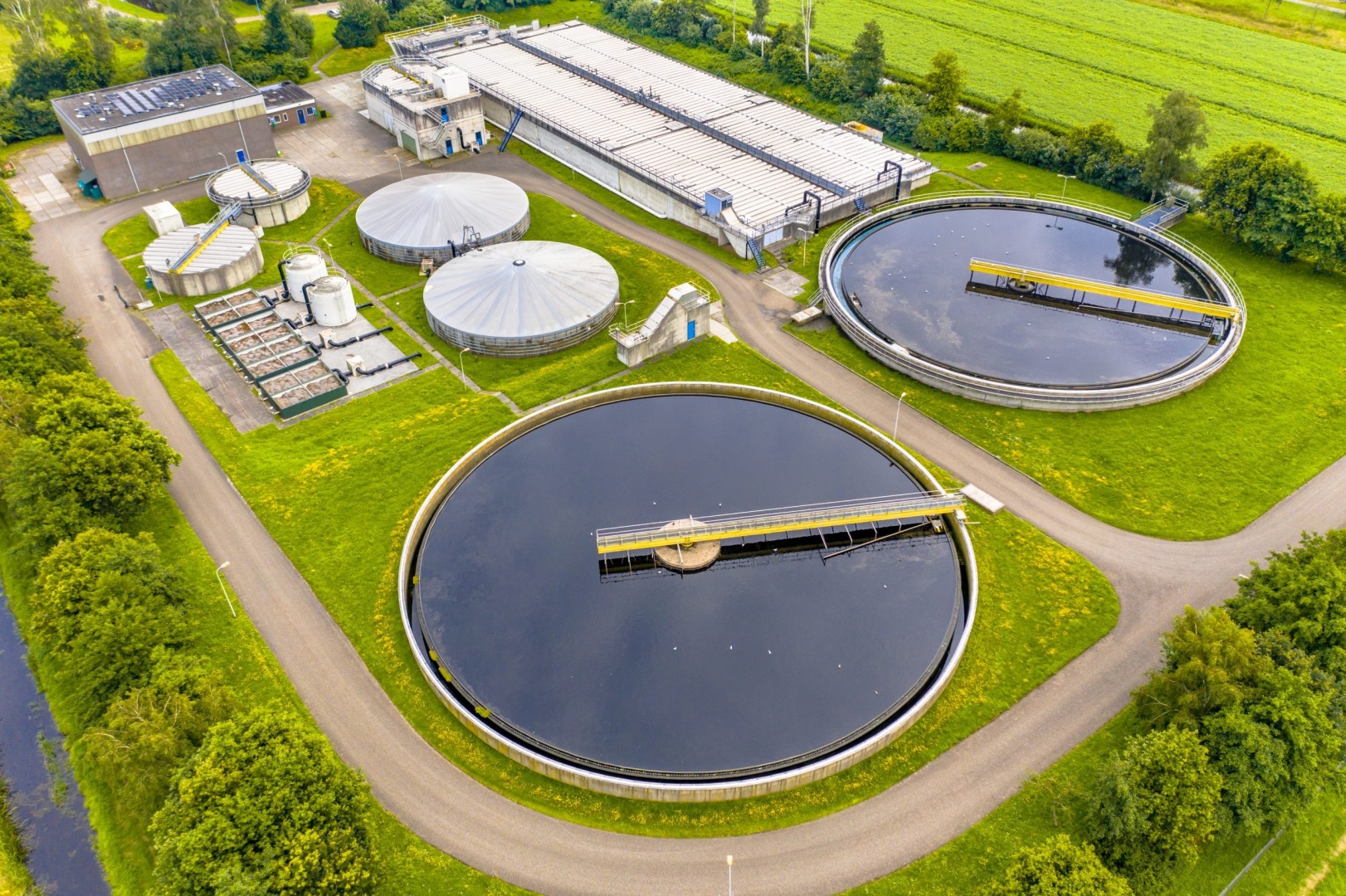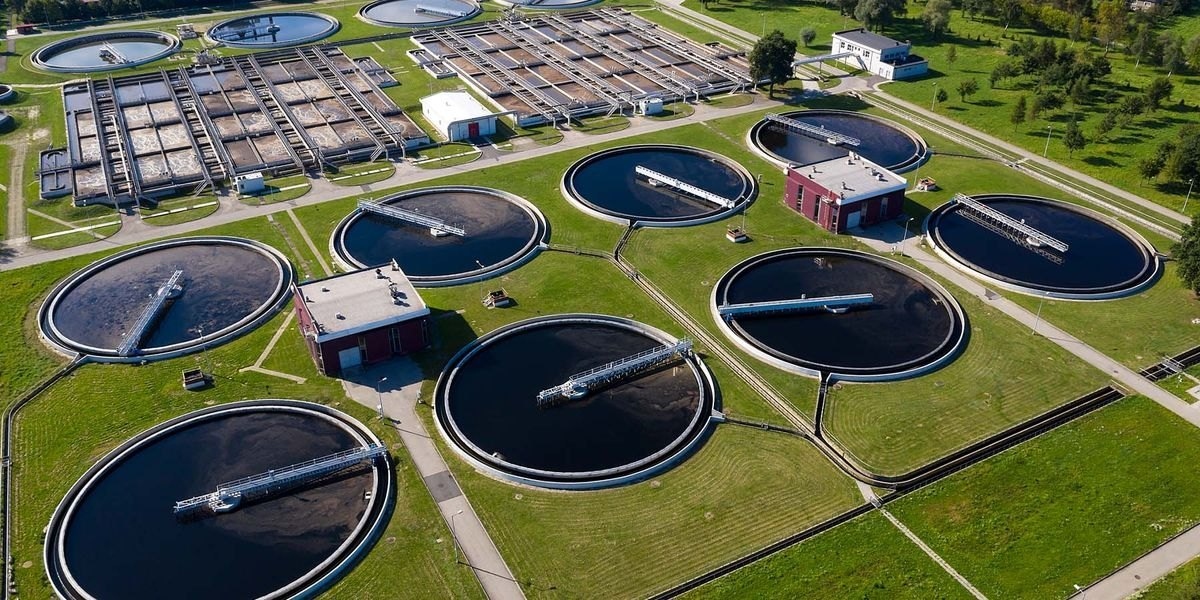Comments
- No comments found

Consumers and businesses are reducing environmental degradation by reducing their water footprint.
Many focus on limiting the exploitation and pollution of natural resources, and the impact of wastewater generated by residential and commercial activities is often overlooked.
Yet efficient management of wastewater is also important. Fortunately, a number of innovative approaches to treating wastewater serve to minimize the environmental impact of wastewater.

The most eco-friendly wastewater treatments use natural processes to break down waste. Having proven effective in conventional activated sludge treatment, microorganisms are also used in more advanced treatment technologies.
In activated sludge treatment, microorganisms are added to wastewater in an aeration tank, where they feed on the organic matter present in the wastewater and break it down. The activated sludge, a solid component, is then separated from the clean water in a settling tank or clarifier, and part of the sludge is returned to the aeration tank to treat the next batch of wastewater.
Conventional activated sludge treatment is an energy hog. Using energy-efficient technologies, optimized aeration, and solar energy in processes like aeration and pumping results in lower consumption of energy and more complete removal of nutrients.
Adding biological nutrient removal (BNR) to the conventional activated sludge process further improves the quality of wastewater effluent. By using particular microorganisms to break down nitrogen and phosphorus, which can fuel oxygen-depleting algal blooms, BNR reduces the harmful effects of these nutrients on aquatic systems.
Membrane bioreactors (MBRs) operate much like conventional activated sludge systems; they too use microorganisms to break down organic compounds. Unlike conventional activated sludge treatment, though, MBRs also make use of membrane filtration. Submerged membranes trap suspended solids, allowing clean water to pass through and eliminating the need for a clarifier to separate the solids from the liquid component. MBR systems efficiently produce high-quality effluent that meets strict regulatory standards and can be reused. Because MBR plants do not need a clarifier, they have a compact design and so have less of an impact on the environment than other kinds of treatment plants.
Advanced filtration methods like microfiltration and ultrafiltration use membranes to remove suspended solids, bacteria, and other contaminants from wastewater.
The pores of microfiltration membranes range in size from 0.1 to 10 microns, which effectively targets suspended solids and large bacteria. The pores of ultrafiltration membranes are much smaller, ranging in size from 0.005 to 0.1 microns. Ultrafiltration membranes more effectively filter out smaller particles, including smaller bacteria and viruses.
Often used to pretreat wastewater before it undergoes further filtration, microfiltration can also stand alone as a treatment when the kind of high-quality effluent produced by ultrafiltration is unnecessary.
Ultrafiltration can be used as a standalone treatment as well. But it can also be incorporated into an advanced multi-membrane system. Such a system is used when the effluent must be of very high quality and free of pathogens. Wastewater effluent produced by ultrafiltration can be reused in various applications or safely discharged into the environment.
Plants that treat wastewater that are as close as possible to the source of the wastewater offer several environmental and economic benefits. The proximity reduces the need for extensive infrastructure and long-distance conveyance of wastewater to a central location. The payoffs are greater efficiency, lower consumption of energy, and lower operational and maintenance costs. Decentralized wastewater treatment plants can be designed to treat wastewater for reuse, thus providing a renewable source of water for such non-potable applications as irrigation, toilet flushing, and industrial processes. The benefits included lower demand for freshwater, which helps to conserve water resources.
Wastewater treatment technologies stand as crucial green allies in the ongoing battle for environmental sustainability. As consumers and businesses alike turn their attention to minimizing their ecological footprint, it becomes imperative to recognize the impact of wastewater on our ecosystems.
Biological treatment, exemplified by activated sludge processes and enhanced through technologies like BNR, demonstrates the power of harnessing natural processes to break down waste. The energy-efficient optimization of these processes further highlights the commitment to reducing our carbon footprint.
MBRs emerge as transformative players, offering not only efficient organic compound breakdown by microorganisms but also the added benefit of membrane filtration. This dual-action approach ensures high-quality effluent that complies with stringent regulatory standards and is ready for reuse. The compact design of MBRs significantly minimizes their environmental footprint, underscoring their superiority among wastewater treatment plants.
Advanced filtration methods, including microfiltration and ultrafiltration, showcase precision in targeting suspended solids, bacteria, and even viruses. These technologies, whether employed individually or as part of a multi-membrane system, contribute to producing clean, pathogen-free effluent suitable for various applications, from reuse to safe discharge.
The rise of decentralized wastewater treatment systems marks a paradigm shift, promoting efficiency, lower energy consumption, and reduced operational costs. By treating wastewater closer to its source, these systems diminish the need for extensive infrastructure and long-distance conveyance, fostering a more sustainable approach. Moreover, decentralized plants can be tailored to provide a renewable source of water for non-potable applications, further conserving precious freshwater resources.
As we delve into the realm of sustainable wastewater treatment solutions, we not only safeguard our environment but also pave the way for a future where water, a finite resource, is cherished, preserved, and utilized responsibly. The journey toward a greener, cleaner world begins with the conscious adoption of these green allies in wastewater treatment.
Leave your comments
Post comment as a guest